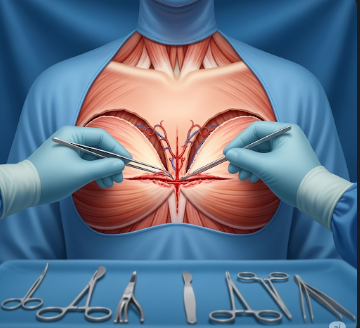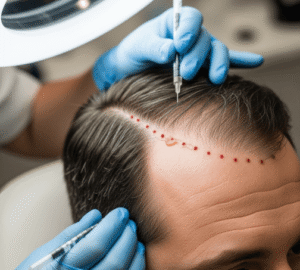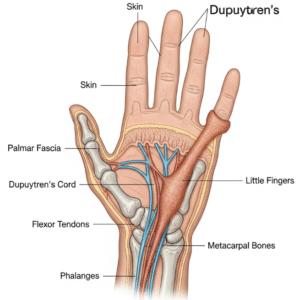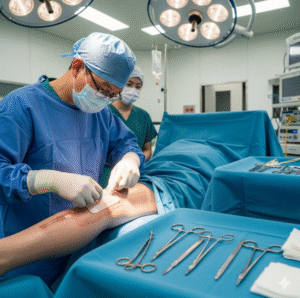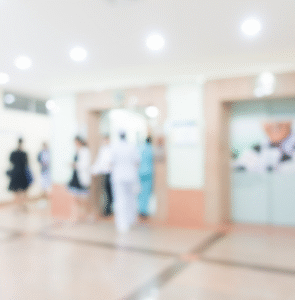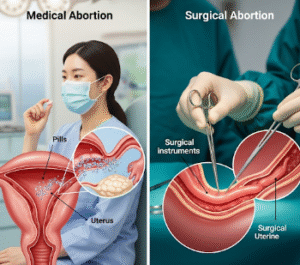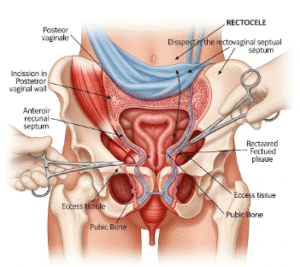Overview
A double mastectomy is a surgical procedure in which both breasts are removed, often performed as a treatment or preventive measure for breast cancer. It may be indicated for patients with high genetic risk, extensive breast cancer, or recurrent breast cancer.
In South Korea, double mastectomy is performed in advanced breast and oncology centers, combining precision surgery with reconstructive options to ensure oncological safety, aesthetic outcomes, and patient comfort.
What is Double Mastectomy?
Double mastectomy involves the removal of all breast tissue from both breasts, sometimes including the nipple, areola, and surrounding skin. There are different types of mastectomy:
- Total (Simple) Mastectomy: Removes all breast tissue without removing lymph nodes.
- Skin-Sparing Mastectomy: Preserves most of the breast skin for reconstruction.
- Nipple-Sparing Mastectomy: Preserves the nipple and areola, suitable for certain cancers.
Indications include:
- Bilateral breast cancer
- High genetic risk (BRCA1/BRCA2 mutation carriers)
- Recurrent breast cancer
- Patient preference for risk reduction
Purpose:
- Remove cancerous tissue completely
- Prevent recurrence or development of cancer in high-risk patients
- Enable breast reconstruction for aesthetic restoration
What are the Benefits?
Double mastectomy offers several therapeutic and preventive benefits:
✔ Eliminates breast cancer or significantly reduces risk of recurrence.
✔ Allows simultaneous breast reconstruction for aesthetic outcomes.
✔ Can relieve anxiety in high-risk patients concerned about cancer development.
✔ Improves long-term survival in selected patients.
✔ Offers a clear path for adjuvant therapies such as chemotherapy or radiation.
Procedure Details
1) How should I prepare for a Double Mastectomy?
- Medical evaluation: Blood tests, imaging (mammography, MRI), ECG, and pre-anesthesia assessment
- Genetic counseling: Recommended for patients at high risk
- Medication review: Adjust anticoagulants or other medications as instructed
- Preoperative counseling: Discuss surgical approach, reconstruction options, risks, benefits, and recovery expectations
- Consent: Understand procedure, post-operative care, and potential complications
South Korean breast centers provide personalized preoperative planning and patient education, including psychological support and reconstructive planning.
2) What happens during a Double Mastectomy?
- Anesthesia: General anesthesia
- Surgical approach:
- Removal of all breast tissue from both breasts
- Lymph node sampling if indicated
- Immediate or delayed breast reconstruction using implants or autologous tissue if desired
- Duration: Typically 2–4 hours, depending on reconstruction
- Monitoring: Vital signs, blood loss, and surgical site integrity
South Korean surgeons utilize advanced surgical techniques and microsurgical reconstruction for optimal oncologic safety and cosmetic outcomes.
3) What happens after a Double Mastectomy?
- Immediate post-op: Hospital monitoring; drainage tubes may be placed to prevent fluid accumulation
- Pain management: Epidural, IV, or oral analgesics
- Wound care: Regular dressing changes and monitoring for infection
- Activity: Gradual mobilization; avoid heavy lifting for several weeks
- Follow-up: Oncological assessment, imaging, and reconstructive evaluation as required
Risks / Benefits
Potential Risks:
- ➤ Infection at the surgical site
- ➤ Bleeding or hematoma formation
- ➤ Lymphedema if lymph nodes removed
- ➤ Pain, numbness, or restricted arm movement
- ➤ Complications related to reconstruction (implant failure, flap issues)
Major Benefits:
- ✔ Removal of cancerous tissue or significant risk reduction
- ✔ Enables breast reconstruction and improved body image
- ✔ Reduces anxiety about cancer recurrence
- ✔ Supports comprehensive cancer treatment planning
- ✔ High success rates in both oncologic and cosmetic outcomes
Recovery and Outlook
- Immediate: Hospital stay of 1–3 days; drains and dressings in place
- 1–2 weeks: Gradual improvement in mobility and reduction in pain
- 4–6 weeks: Resumption of daily activities; arm exercises recommended
- Long-term: Reconstructive results stabilize; continued surveillance for cancer recurrence
South Korean hospitals provide structured post-operative care, physiotherapy, psychological support, and long-term follow-up for optimal recovery and patient satisfaction.
When To Call the Doctor
Contact your surgeon if you notice:
- ➤ Persistent or worsening pain or swelling
- ➤ Fever, chills, or signs of infection
- ➤ Excessive bleeding or fluid accumulation
- ➤ Arm swelling or numbness (possible lymphedema)
- ➤ Complications with reconstruction such as implant issues or flap problems
Best Korea Option / Process
South Korea offers world-class double mastectomy services due to:
- Highly experienced breast and oncologic surgeons
- Integration of reconstructive surgery for aesthetic outcomes
- Minimally invasive and advanced surgical techniques
- Comprehensive perioperative care including pain management and physiotherapy
- Psychological support and genetic counseling for high-risk patients
- International patient support including scheduling, translation, and follow-up
Top hospitals for Double Mastectomy in Korea:
- Samsung Medical Center, Seoul – Breast & Oncology Surgery Division
- Asan Medical Center, Seoul – Comprehensive Breast Cancer Center
- Severance Hospital (Yonsei University Health System) – Breast Surgery & Reconstruction
- Seoul National University Hospital – Advanced Breast Surgery Program

